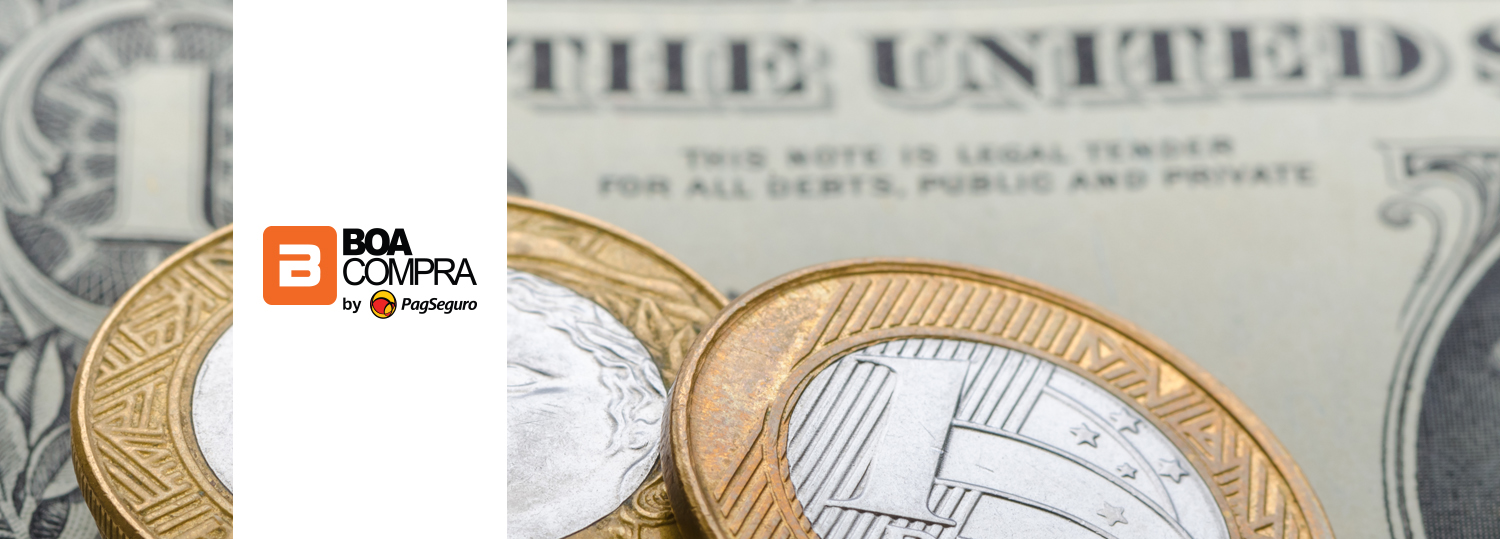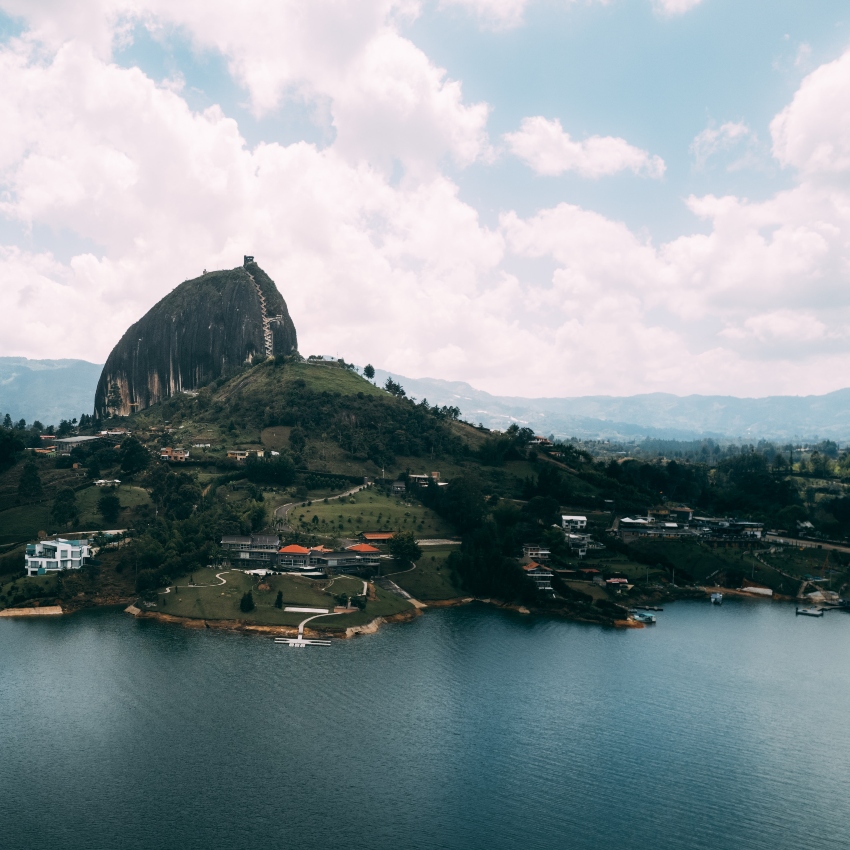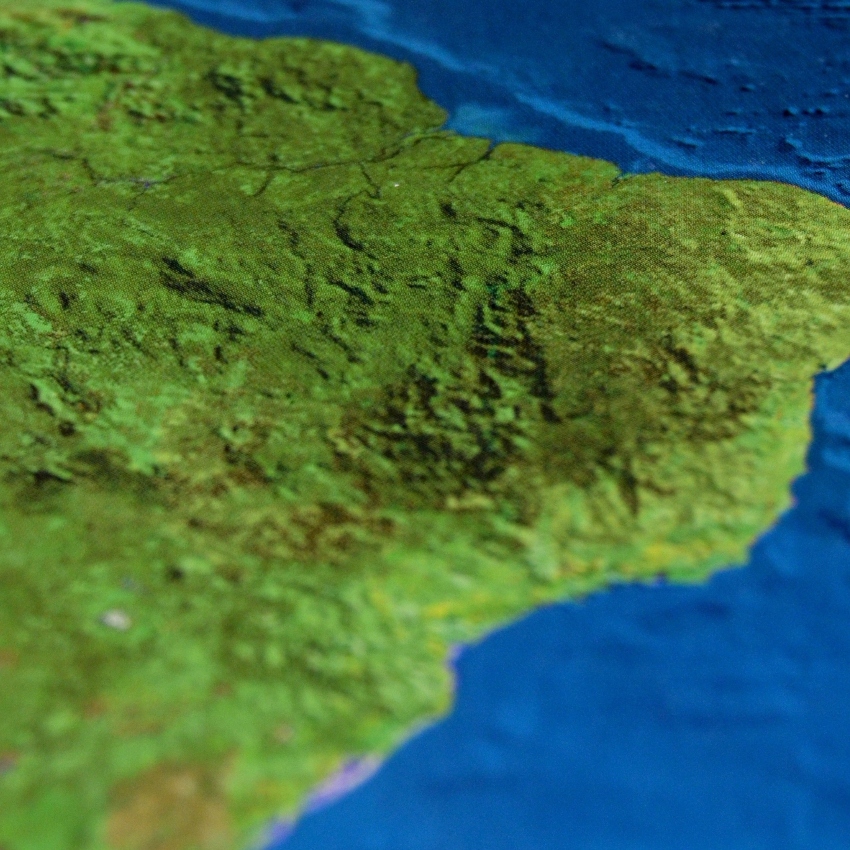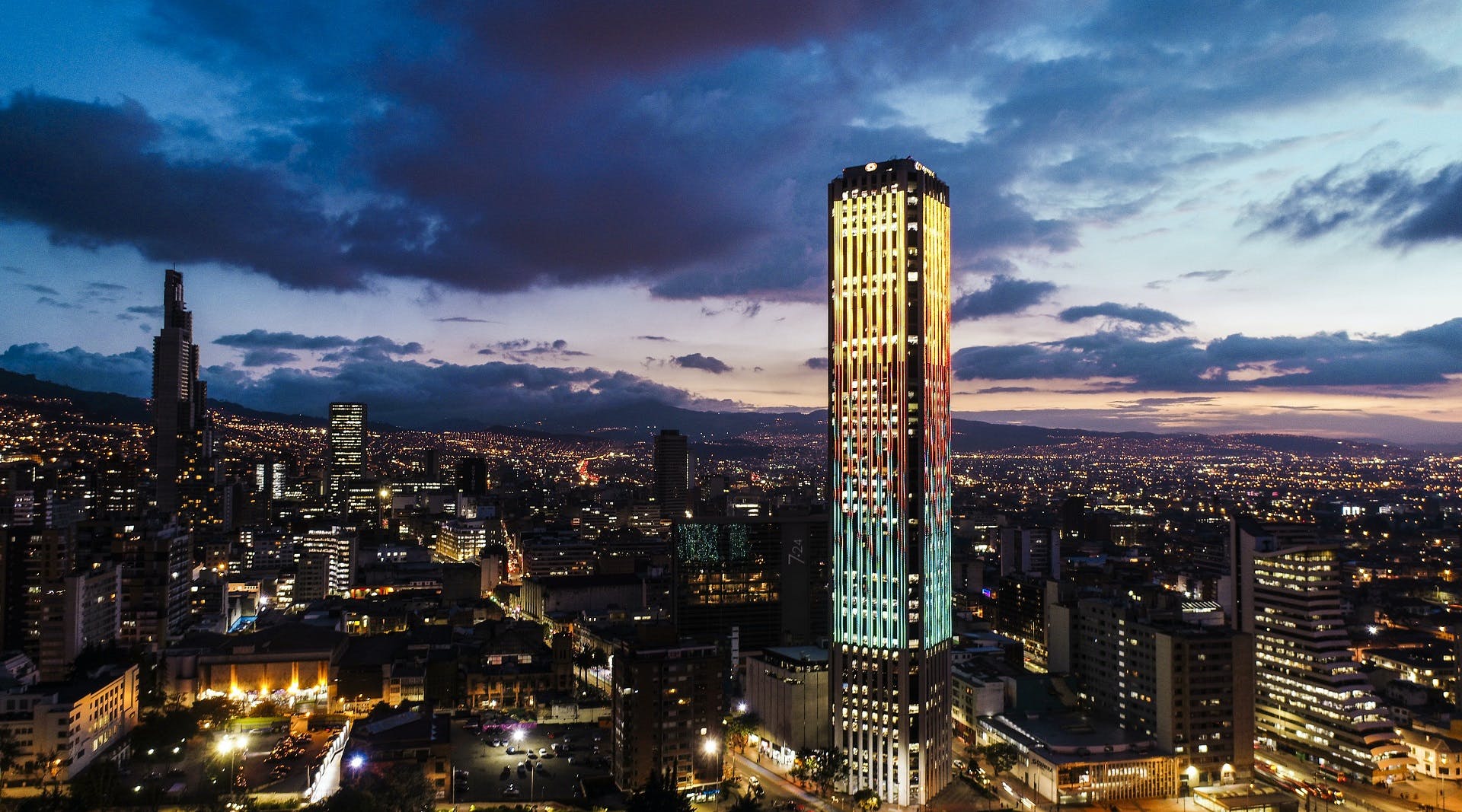Making your online customer comfortable in your e-commerce site is the key to achieve success in any market. Several international merchants offer a diversified portfolio of local payment methods, sell their products or services in local currencies and even offer technical support in their customers native language. These strategical details can be extremely effective in the LATAM market, as we have already mentioned on our blog.
In Brazil, however, there is a uniqueness related to the USD exchange rates that e-commerce expansions should take into consideration. There are two different exchange rates to convert USD into Brazilian Reais: commercial and tourism rates, which are totally different from one another.
Commercial Dollar Rate
Commercial rates, floating mid-market rate, are usually applied to business-to-business (B2B) transactions with the supervision of the Brazilian Central Bank. As expected, the commercial dollar in Brazil has a floating behavior, being able to vary depending on the national and on the international scenario and parameters.
It is also important to refer the Ptax dollar: an exchange rate calculated and published on a daily basis by the Brazilian Central Bank as an average of the rates practiced by financial institutions within the Brazilian exchange market. The Ptax defined in the last trading session of each month is used as a reference for most of the following month’s foreign exchange contracts.
Tourism Dollar Rate
Tourism rates are more commonly used in currency exchange agencies, but they can also be used as a live conversion rate for international e-commerce sites.
It is common for those who are not used to make transactions in the Brazilian territory to be surprised with the differences between the commercial and the tourism rates. Basically, tourism rates are higher because of all the operational costs involved – such as the logistical and the safety procedures related to the foreign currency importing process – and the respective Tax on Financial Operations (IOF). Additionally, there is a margin of profit applied.
“When we buy dollars or any other foreign currency, the volume is relatively small. Since a foreign currency is a commodity or a product like any other, the larger the volume of the purchase, the lower it tends to be the price of the commodity. In this sense, it is how the wholesale vs. retail relationship works”, explains Professor of Economics and Dean of the Social Sciences Center of PUC-Rio, Luiz Roberto Cunha.
International merchants can use the Ptax as a reference instead of the tourism rate by establishing a partnership with a local specialist.
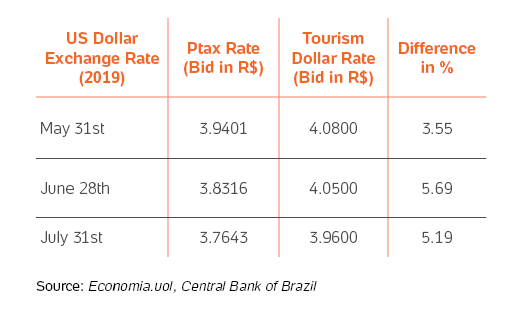
Remember: e-commerce can be indexed to the tourism rate
Learning this detail will help you to define better pricing strategies and to improve your customer service. Selling online in Brazil can be tricky when these different rates are not acknowledged, and it can interfere with the buyer’s final expectations. Meeting the customers’ expectations in a seamless way will have a direct impact on your business and it can even reduce the LATAM shopping cart abandonment.
If your aim is to successfully reach the 4th largest internet market in the world, partnering with payment aggregators such as BoaCompra will help you handle the country´s details – such as the matter of exchange rate policies – and give you access to the solutions that better fit your company’s profile.
Besides these insights, our company also offers a diversified local payments` portfolio in Brazil, which can help to boost your business’ sales. Get in touch with us to learn more:

